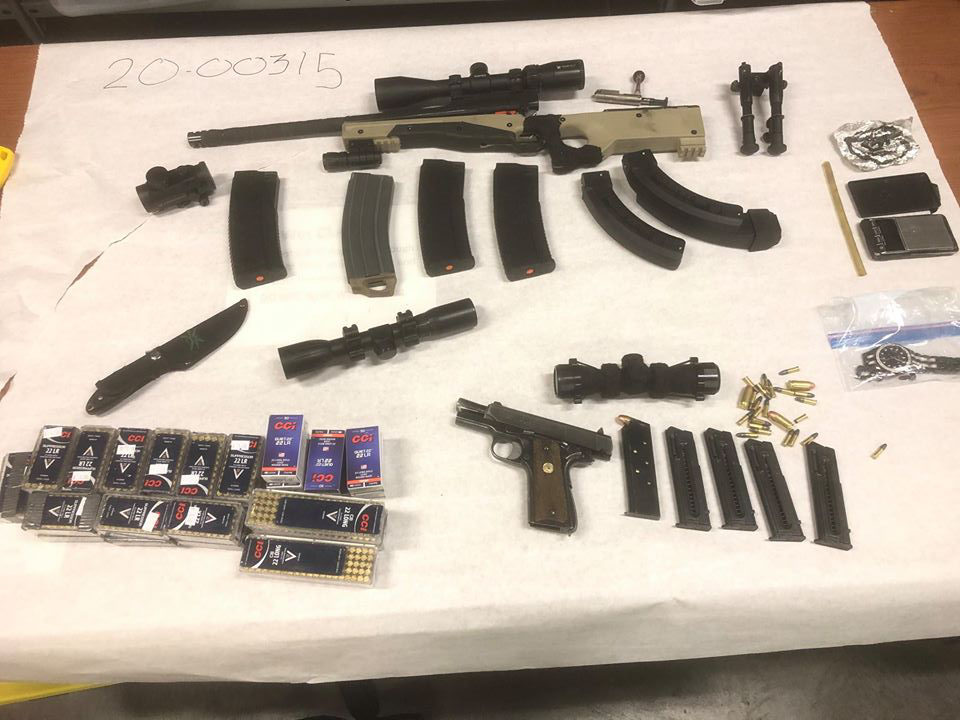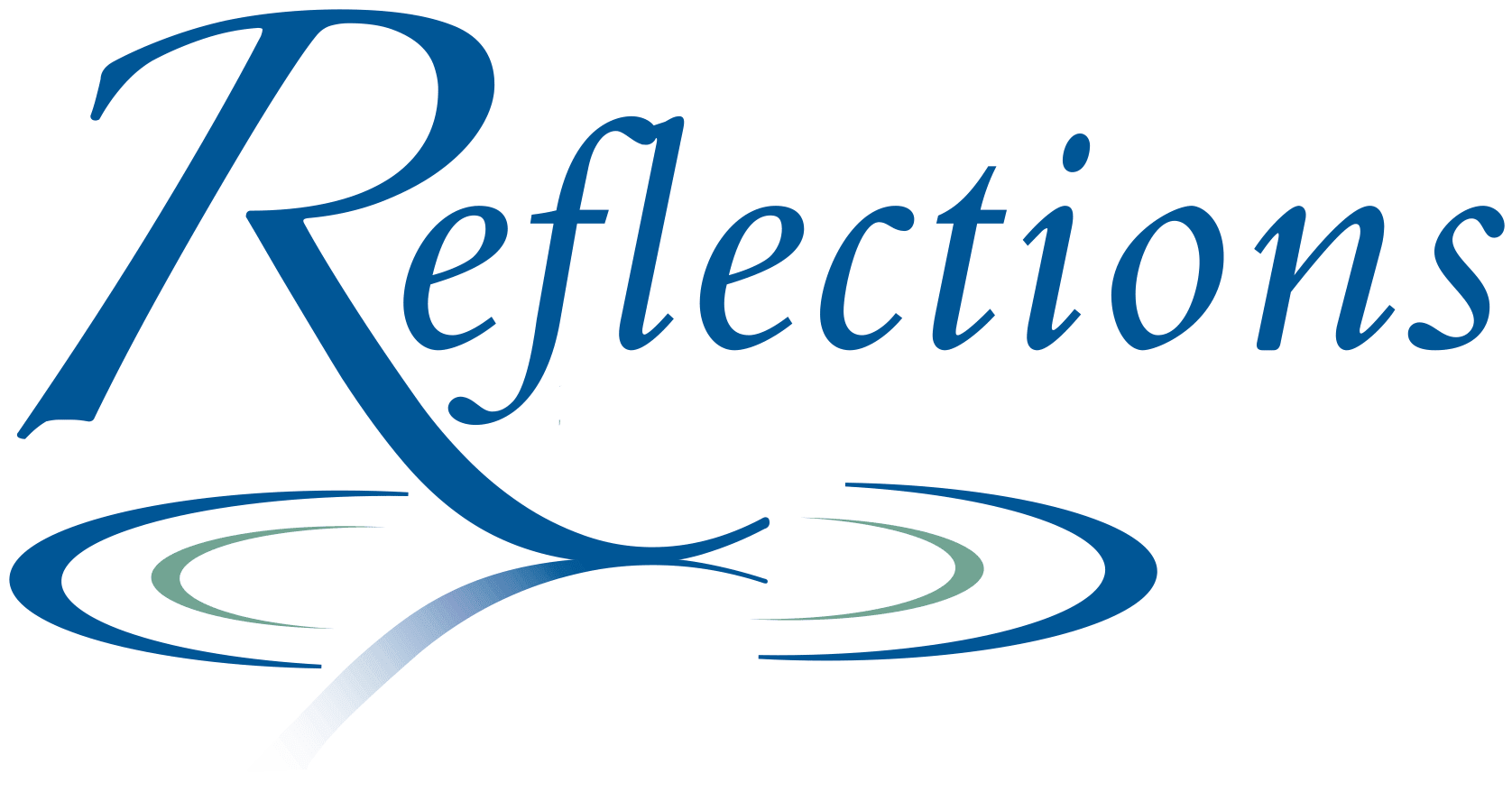It doesn’t matter if you’re a amateur or professional shooter, your camera’s optics play an important part in achieving the best outcomes. It is crucial to be aware of the various parts to ensure that you perform at your best with every shot.

Understanding the importance of optic Parts in Shooting Sports
When it comes to shooting sports, whether hunting, competitive shooting, or just casual plinking at the range, having a reliable and accurate firearm is important. One component which is frequently overlooked, but plays a significant role in precision and accuracy is the optic part. Optic parts are also referred to by sighting devices and can be attached to firearms to increase accuracy and effectiveness. We’ll talk about the importance of optic parts as well as how they can help improve your shooting skills.
What is Optic Parts?
Optic components help shooters aim their guns with greater precision. There are many options available which include magnified scopes red dots sights, holographic sights and iron sights. Each kind of optic features its own distinctive benefits and characteristics. The kind of optic you select will be based on the shooting style you prefer.
Iron sights are the simplest kind and are most often found on traditional firearms. A front sight post and an notch for the back sight are needed to ensure that the sights are aligned with the targets. Red dot sights use tiny LEDs to create a reticle that appears as dots on the lens. The sight is well-known due to its speed and simplicity of use. Holographic sights produce an illusion using lasers. They are often used in military and tactical applications. Magnified scopes also use lenses to magnify targets, making it simpler to aim accurately at long distances.
Optic Parts What is the reason why they important?
Optic components are crucial because they aid shooters in aiming more precisely and efficiently. Optic parts are able to help shooters improve their aim, particularly in long distances. Optic parts are also able to identify targets more quickly making it simpler for shooters to aim precisely and swiftly. Optic parts are crucial for tactical and hunting situations, since they aid in improving accuracy in low-light conditions.
Selecting the Best Optic Parts
Selecting the correct optics parts is vital to improve your shooting capabilities. It is important to consider your shooting needs, budget and your firearm’s type when choosing an optic component. The reticle and magnification are essential.
An optic’s magnification is related to how much zoom it provides. Magnified scopes are usually used for long-range shooting, as they allow the shooter to target accurately hundreds of yards away. However, magnified scopes might not be suitable for close-range shooting. Most popular among tactical shooters are red dot and green dot sights. They can be utilized for fast target acquisition and close-range shooting.
It is equally important to think about the type of reticle that you choose when selecting an optic component. Different types of reticles may be utilized in different shooting conditions. A simple crosshair-shaped reticle works well for target shooting while the BDC (bullet-drop compensating) type of reticle is suitable to shoot long distances.
Maintaining your Optic Parts
Once you’ve picked the optic components, it’s important to maintain them properly. Correct maintenance will ensure that your optic parts are reliable and accurate for many more years. A few basic maintenance tasks include cleaning the lenses, checking the zero, and storing the optic parts properly when they are not when not in use.
It is vital to clean your lenses to ensure that the parts of your optics create a clear, precise image. Use a microfiber cloth with the solution for cleaning your lenses to cleanse your lenses. Avoid rough or paper towels since they could scratch lenses.
By checking the zero of your optics parts will ensure that they’re aligned correctly. The optics parts could become disaligned with time due to recoil or other causes. It is possible to check the zero by taking a couple of shots at a goal. Then , adjust the optic parts as required.
For more information, click Gun Parts
